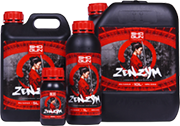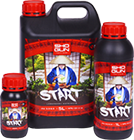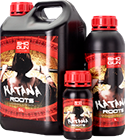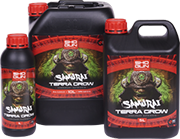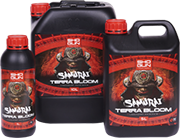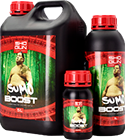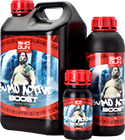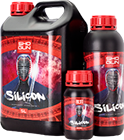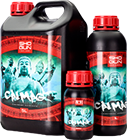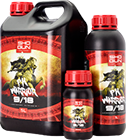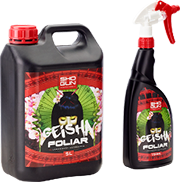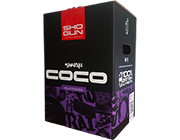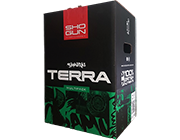Four Things You Need to Know About Foliar Applications
A number of controversial topics have provoked debate over the years, such as whether toilet paper should hang over or under the roll; whether pineapple is ever acceptable on a pizza; and if Instagram eyebrows bring balance and proportion to the face, or make you look like Groucho Marx. But perhaps one of the more surprising topics to incite argument, in the horticultural world at least, is whether the foliar application of nutrients to a plant is worth the grower’s while.
We say surprising, because there’s a ton of research to suggest as long as the solution contains an adhesive surfactant to help it cling to the leaves, it is in fact an incredibly effective method of feeding a plant, leading to increased yields and crop weight. So here we ask: what is a foliar application? Why might you want to use one? How should you use one? And why the controversy isn’t really that controversial at all.
1. What is a foliar application?
Foliar application is the practice of feeding your plant, via a spray, directly to the leaves as opposed to applying feed via the roots. Traditionally gardeners and horticulturalists fed their plants the old-fashioned way, following the maxim “feed the roots and not the foliage”, but after pioneering research back in the 1950s, scientists discovered there was value in feeding the foliage after all. Today foliar applications are used to supply your crop not just with nutrients, but important bio-stimulants and additives for combatting disease and pests.
It’s essential to note that no one has ever suggested foliar feeding replace supplying nutrients via the soil or other growing mediums. Root-based feeding is still the most effective approach for supplying nitrogen, phosphorous, and potassium to your plants, but as an additional string to the gardener’s bow, foliar applications have a useful role to play in applying secondary and micronutrients.
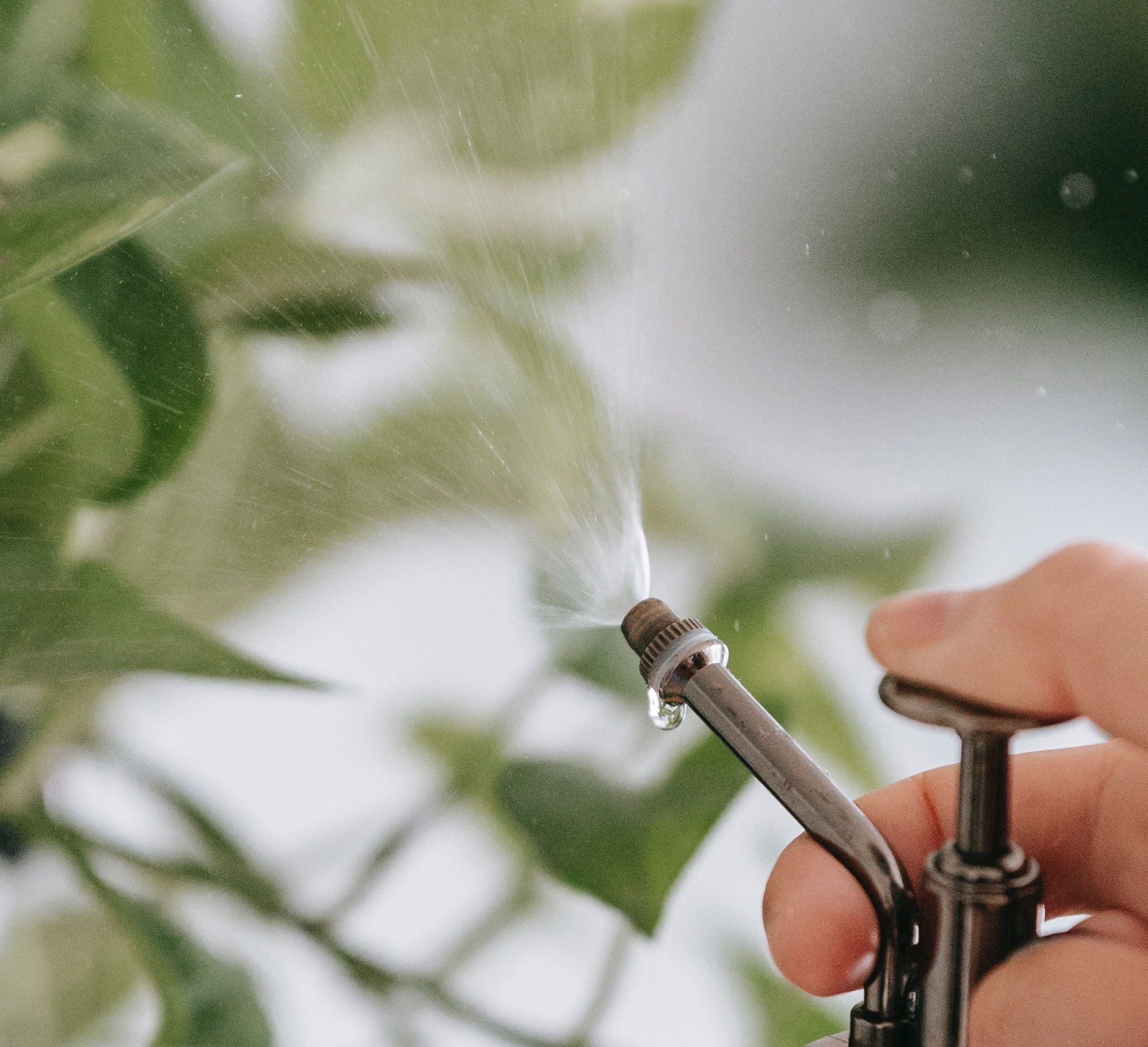
2. Why use a foliar application?
Contrary to what you might expect, very little if any foliar spray enters the plant’s leaves via the stomata, the large openings on the leaf surface. Stomata contain a natural wax that prevents the entry of water, so instead feed enters the plant via micro-pores. These micro-pores are negatively charged so attract positively-charged cations such as calcium, potassium, magnesium and ammonium. The foliar route to administer doses of micronutrients is quick, with some research suggesting it can be ten times as efficient as root-based feeding, and you also avoid the issue of leaching in soils. It provides the perfect solution for giving your crop a rapid boost to ward off pests, disease or survive drought.
In addition, a high quality foliar application such as SHOGUN’s Geisha Foliar, will initiate and boost flowering receptors, increase the number of flowering sites, improve water uptake, and lead to superior crop yields and weight.
3. How to use a foliar application?
It’s a simple procedure that requires a sprayer or mister, the type you see in any good gardening centre. But here are a few areas of advice to take on board:
- Although some research has found the size of water droplets to be insignificant when it comes to the absorption of the nutrients, it is best practice to use a finer spray, as heavier droplets are more likely to slide off the plant leaves.
- It’s not enough to spray the top of your plant leaves – spray your whole plant and ensure you give the underside surface of your leaves as much attention as the top.
- It’s advisable to avoid spraying in direct sunlight, especially if that sunlight is strong, as your solution might evaporate on the leaves, leaving salts which can cause leaf scorch.
- If you’re using a foliar application outdoors, it goes without saying your efforts will be wasted if it’s about to rain.
- If temperatures rise much above 24 degrees centigrade, the pores on many plant species will close and limit the amount of feed it can absorb. For this reason it’s best to apply a foliar application in the morning or evening when temperatures are cooler.
Finally always check whether your foliar application product needs diluting and be sure to follow the instructions carefully. For example SHOGUN’s Geisha Foliar needs no mixing or pH adjustment, and works in two distinct stages. During the vegetative phase using Geisha Foliar will create more flowering sites, boost your plant’s metabolism, and enhance water uptake. But when used during flowering it stimulates metabolic pathways, leading to greater fruit and flower growth and enhanced crop quality.
4. Why the “controversy” really isn’t that controversial
The naysayers will insist that foliar applications aren’t as efficient as they suggest, but this criticism can only largely be levelled at those home-made feeds that don’t include a surfactant to help the solution cling to the plant leaves. It’s not a valid point where professionally-manufactured foliar applications are concerned. Geisha Foliar, for example, has been scientifically proven to increase flowering sites by up to 5%, boost water uptake, lift plant metabolism, and improve overall crop quality.
As long as you get your balance right between too much foliar feeding versus too little, and purchase a quality product, you’ll find a foliar application can be a useful ally in warding off pests and disease, as well as enhancing your crop yields and weight. Simply ensure you follow instructions, and if you see your plant leaves dripping excessively, give it a couple of days before your next spray.
So in conclusion...
while some diehards still doggedly refuse to go foliar, almost all recent research suggests foliar applications are an extremely useful component of your feeding regime, especially for hydroponic and indoor use. The two methods shouldn’t be seen as mutually exclusive, as both clearly have their place in the grow room.
Oh, and obviously you hang the toilet paper on the outside, pineapple doesn’t belong on a pizza, and yes, Instagram eyebrows make you look like Groucho Marx. Happy growing!
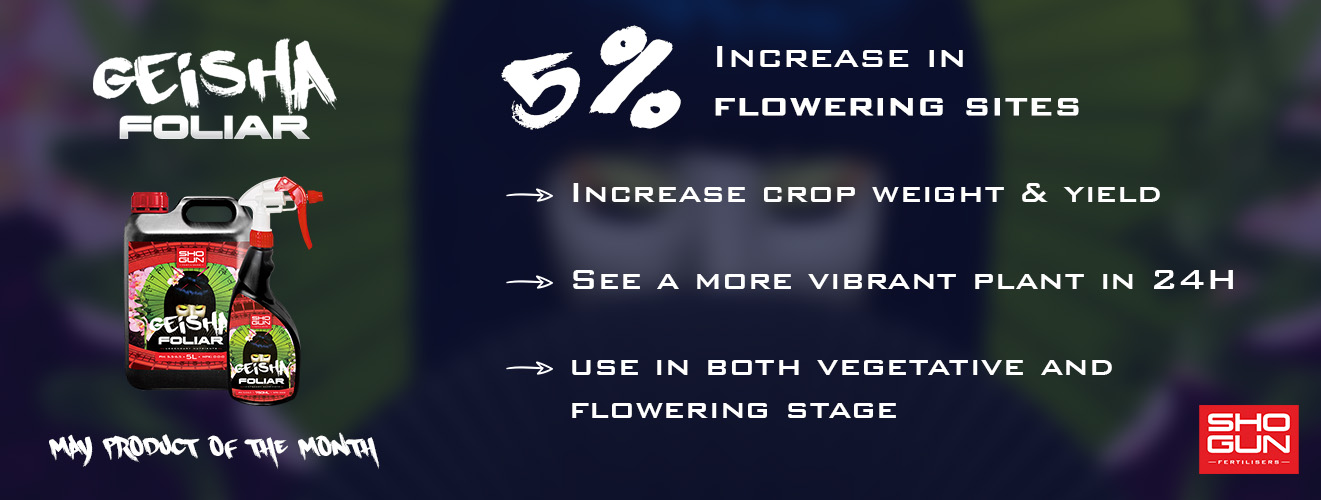
SHOGUN Geisha Foliar Spray Benefits
